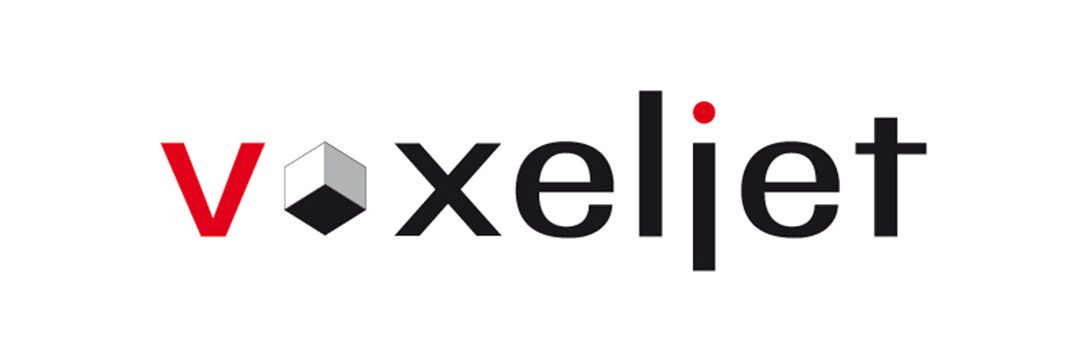Mission M
Volume contracts
Additive series production on demand
Thousands of components 3D printed on demand
Even without any investment in your own 3D printing equipment, it is possible to carry out series production. Especially in the production of sand molds and cores for metal casting. However, with the increasing demand for individualized or complex products and the production of these using scalable 3D printing technologies such as binder jetting, the enormous potential for integrating additive manufacturing into series production is becoming apparent.
Volume contracts are a crucial factor here, which can enable companies to use additive series production in an efficient way without having to invest in their own 3D printing system.
Volume contracts in this context refer to agreements in which a customer can call up a defined print volume for a fixed price on demand in a 3D printing center. The US foundry Tooling and Equipment International (TEI) was one of our first customers to sign such a volume contract. Today, the foundry itself has installed and operates several 3D printers for the semi-automated, additive series production of casting cores.
Stable supply chains
Through volume contracts, companies ensure that the required molds and cores are provided in the desired quality and quantity exactly when they are needed for casting.
Calculable costs
Volume contracts enable companies to better calculate the costs of additive series production, as they know in advance how many units need to be produced and at what price.
Low risk, high reward
Volume contracts reduce the entrepreneurial risk to a minimum, as neither high investment nor maintenance costs fall on the customer. This allows the customer to benefit fully from the advantages of 3D printing
By cooperating with voxeljet, we can significantly reduce the delivery time of molds and cores for our customers. In addition, we achieve new highs in terms of the size and weight of the parts we can cast.
Oliver Johnson, CEOTooling & Equipment International
TEI expands additive manufacturing capacity
How do volume contracts work?
Volume contracts are not uncommon in our global On Demand service centers. For many customers, 3D printing services are the entry into additive manufacturing and sooner or later lead to the installation of their own in-house equipment. A classic customer adoption cycle is divided into three steps with their respective benefits:
The purchase of printed components via a service center
Here, the timing of delivery can be flexibly selected to ensure just-in-time parts delivery within a few days.
Conclusion of a volume contract
On the one hand, this option includes the assurance of a fixed price for a certain print volume in the service center. On the other hand, there is the option of installing a 3D printer at the contract partner's site. This is operated and maintained by voxeljet, but produces exclusively for the contractual partner.
Buy your own 3D printing system.
Above a certain required printing capacity, it is usually advisable to invest in your own 3D printing system, which, however, entails high investment costs.
One 3D printing system well suited for this application is our VX4000. As the world’s largest 3D printing system for sand, it offers the necessary volume to produce either very large individual parts or a large number of small parts in series quality. The combined build volume of the VX4000 is eight cubic meters. This is fully available to the contract partner within the contractually regulated maximum volume.
Webinar: Parts On Demand
In this online seminar we want to introduce you to our On Demand printing services
Best practice
For a leading iron foundry in England, we 3D printed over 9,000 sand cores within a few months. In principle, conventional core production via a mold would be the obvious choice for this quantity. However, the customer decided in favor of 3D printing. The following reasons convinced him:
Consolidation: Instead of assembling the core from five to six individual parts, the core could be printed in one piece, which ultimately also convinced the end customer due to the better quality.
Less post-processing: Because it is a single core, fewer burrs need to be removed after casting
Lower reject rate: Here, the single cores score with less risk of core breakage, dimensional errors and gluing defects than conventional cores.
Reproducibility: High consistency and precise 3D printing ensured repeatedly good results and efficient production.
In particular, the combination of conventionally manufactured mold and 3D-printed core can bring foundries many advantages. Scenarios in which previously shot cores are printed to ensure the availability of core shooting machines for other projects would also be conceivable. 3D-printed cores can also be an economical option for high volumes, for example when the core tool is worn out and a new one has to be manufactured, which can entail high investment costs.
In practice, our foundry customers already rely on these applications and also pass on the benefits to end customers. Whether in the automotive industry, in agriculture or in aerospace.
3D printing solutions
Would you like to learn more about us and 3D printing? Click here for the entire voxeljet solution portfolio.


















